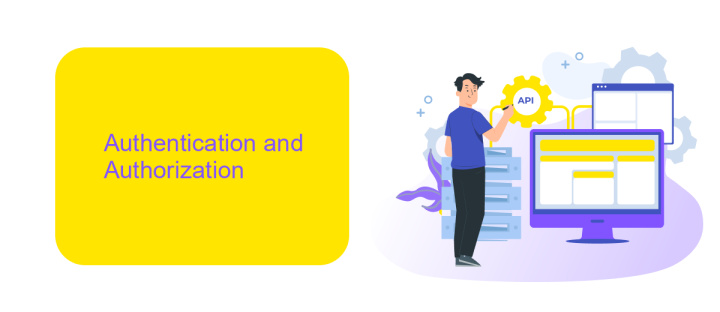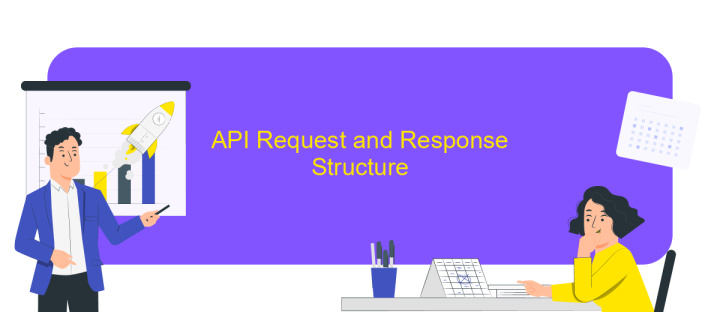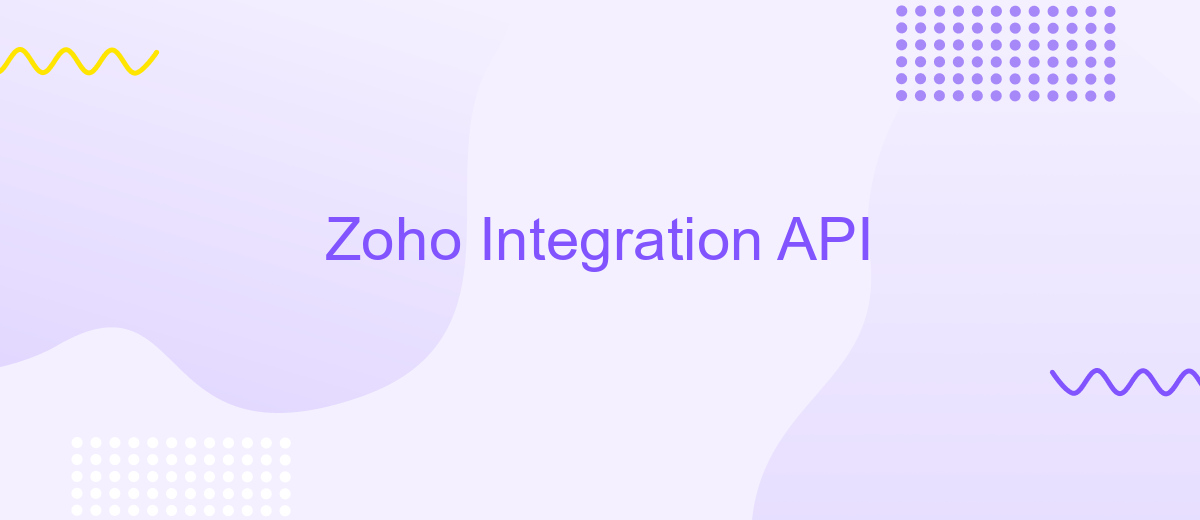Zoho Integration API
The Zoho Integration API empowers businesses to seamlessly connect their Zoho applications with a wide range of third-party services, enhancing workflow efficiency and data synchronization. By leveraging this robust API, developers can automate tasks, streamline processes, and create custom integrations tailored to specific business needs. This article explores the key features, benefits, and practical applications of the Zoho Integration API, providing insights into how it can transform your business operations.
Introduction to Zoho Integration API
Zoho Integration API is a powerful tool designed to enhance the functionality and connectivity of Zoho applications with other software systems. By leveraging this API, businesses can automate workflows, synchronize data, and create seamless interactions between Zoho products and third-party applications. Whether you're looking to integrate CRM, finance, or project management tools, Zoho Integration API provides a flexible and robust solution to meet diverse business needs.
- Automate repetitive tasks to save time and reduce errors.
- Synchronize data across multiple platforms for consistency.
- Enhance collaboration by connecting different software tools.
- Customize integrations to fit specific business processes.
- Access a wide range of Zoho applications and services.
With Zoho Integration API, developers and businesses can unlock the full potential of their software ecosystems. By providing a comprehensive set of tools and resources, Zoho enables users to build custom integrations that drive efficiency and innovation. Whether you're a small business or a large enterprise, the Zoho Integration API offers the flexibility and scalability needed to adapt to changing business landscapes and technological advancements.
Authentication and Authorization

To ensure secure access to the Zoho Integration API, it is essential to implement robust authentication and authorization mechanisms. Zoho employs OAuth 2.0, a widely adopted open standard for access delegation, to facilitate secure API interactions. By utilizing OAuth 2.0, developers can obtain an access token, which serves as a credential for accessing Zoho services. This process involves registering your application with Zoho, obtaining client credentials, and directing users to authorize the application. Once authorized, the application receives an access token, enabling it to interact with Zoho APIs on behalf of the user.
For seamless integration and management of authentication processes, consider leveraging tools like ApiX-Drive. ApiX-Drive simplifies the configuration of integrations by providing a user-friendly interface to manage API connections, including those with Zoho. It automates the authentication flow, ensuring that your applications remain securely connected without manual intervention. By using such services, you can focus on building your application’s core functionality while ensuring that your Zoho integrations are securely authenticated and authorized.
API Request and Response Structure

The Zoho Integration API facilitates seamless communication between your application and Zoho services. To initiate a request, you must construct an HTTP request with the appropriate method (GET, POST, PUT, DELETE) and endpoint URL. The request should include necessary headers, such as 'Authorization' for authentication and 'Content-Type' for specifying the format of the data being sent. Additionally, the request body should contain any required parameters or payload in JSON format.
- Compose the HTTP request with the correct method and endpoint.
- Include essential headers like 'Authorization' and 'Content-Type'.
- Incorporate the request body with necessary parameters in JSON.
- Submit the request and await the response from the Zoho server.
- Process the response, which typically includes a status code and data.
Upon receiving a response, check the HTTP status code to determine the request's success or failure. A successful request generally returns a 200 OK status, along with a JSON object containing the requested data or confirmation of the action performed. In case of errors, the response will include an error code and message, guiding you in troubleshooting the issue. Proper handling of requests and responses ensures efficient interaction with Zoho services.
Working with Zoho CRM API (or other specific Zoho service)

Integrating with Zoho CRM API allows you to enhance your business processes by automating tasks and streamlining workflows. To start, you need to obtain the API key from your Zoho account, which provides secure access to the API services. Understanding the API documentation is crucial as it outlines the endpoints, request methods, and response structures.
Once you have the API key, you can begin making requests to Zoho CRM. It's important to handle authentication properly to ensure secure data transactions. Zoho CRM API supports various operations like creating, updating, and retrieving records, which can be tailored to fit your specific business needs.
- Authenticate using OAuth 2.0 for secure access.
- Use RESTful API calls for efficient data manipulation.
- Implement error handling to manage API response codes.
- Leverage batch requests to optimize performance.
By effectively utilizing the Zoho CRM API, businesses can achieve greater efficiency and accuracy in their customer relationship management. Continuous monitoring and optimization of API usage can lead to improved integration and functionality, ensuring that your business operations remain seamless and effective.


Practical Examples and Use Cases
Integrating Zoho with other applications can significantly enhance business operations. For instance, businesses can automate their sales processes by connecting Zoho CRM with their email marketing tools. This integration allows automatic syncing of contact information, ensuring that marketing campaigns are always directed at the right audience. Additionally, by linking Zoho Books with e-commerce platforms, companies can streamline their accounting processes. This setup ensures that every sale is automatically recorded, reducing the chances of human error and saving valuable time.
For those looking to simplify the integration process, services like ApiX-Drive can be invaluable. ApiX-Drive provides a user-friendly interface that allows businesses to connect Zoho with various third-party applications without needing extensive technical knowledge. This tool can automate workflows, such as transferring data between Zoho Projects and collaboration tools like Slack or Trello, ensuring seamless communication and project management. By leveraging such integrations, businesses can enhance productivity, reduce manual tasks, and focus on strategic growth.
FAQ
What is Zoho Integration API used for?
How can I authenticate API requests for Zoho Integration?
What are common use cases for Zoho Integration API?
Can I use Zoho Integration API without any programming skills?
What should I do if I encounter issues while using Zoho Integration API?
Routine tasks take a lot of time from employees? Do they burn out, do not have enough working day for the main duties and important things? Do you understand that the only way out of this situation in modern realities is automation? Try Apix-Drive for free and make sure that the online connector in 5 minutes of setting up integration will remove a significant part of the routine from your life and free up time for you and your employees.

